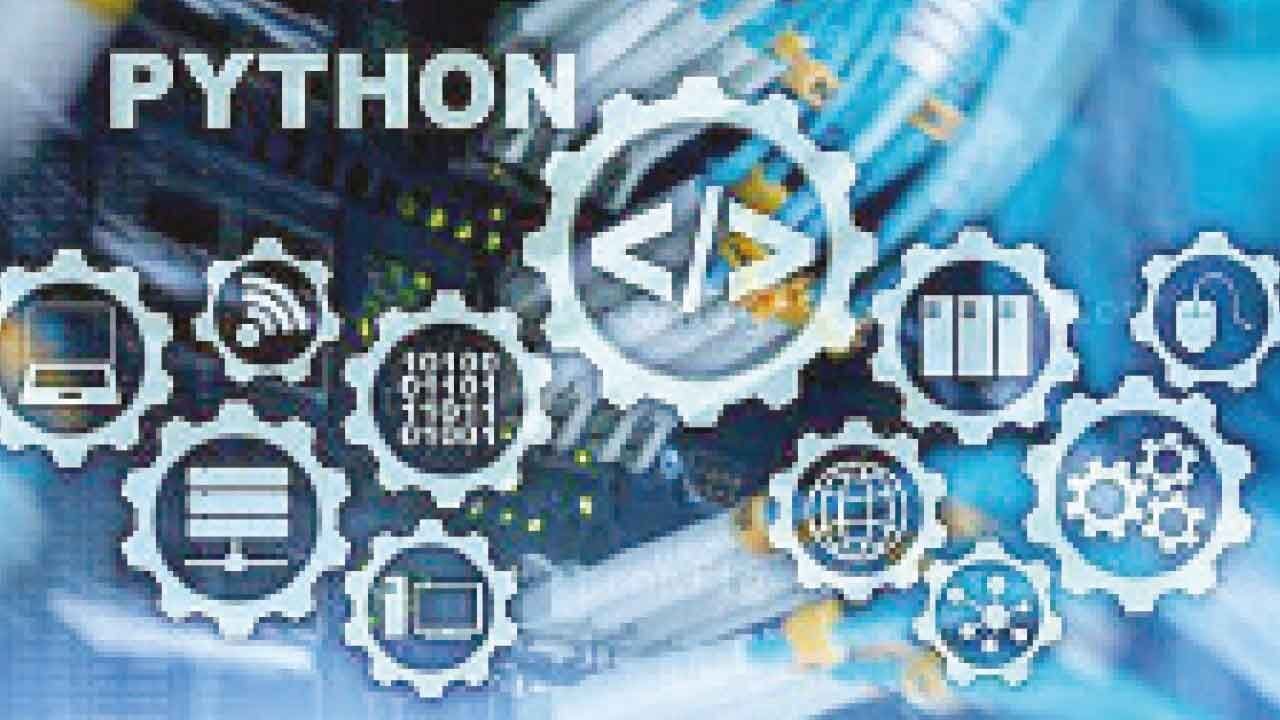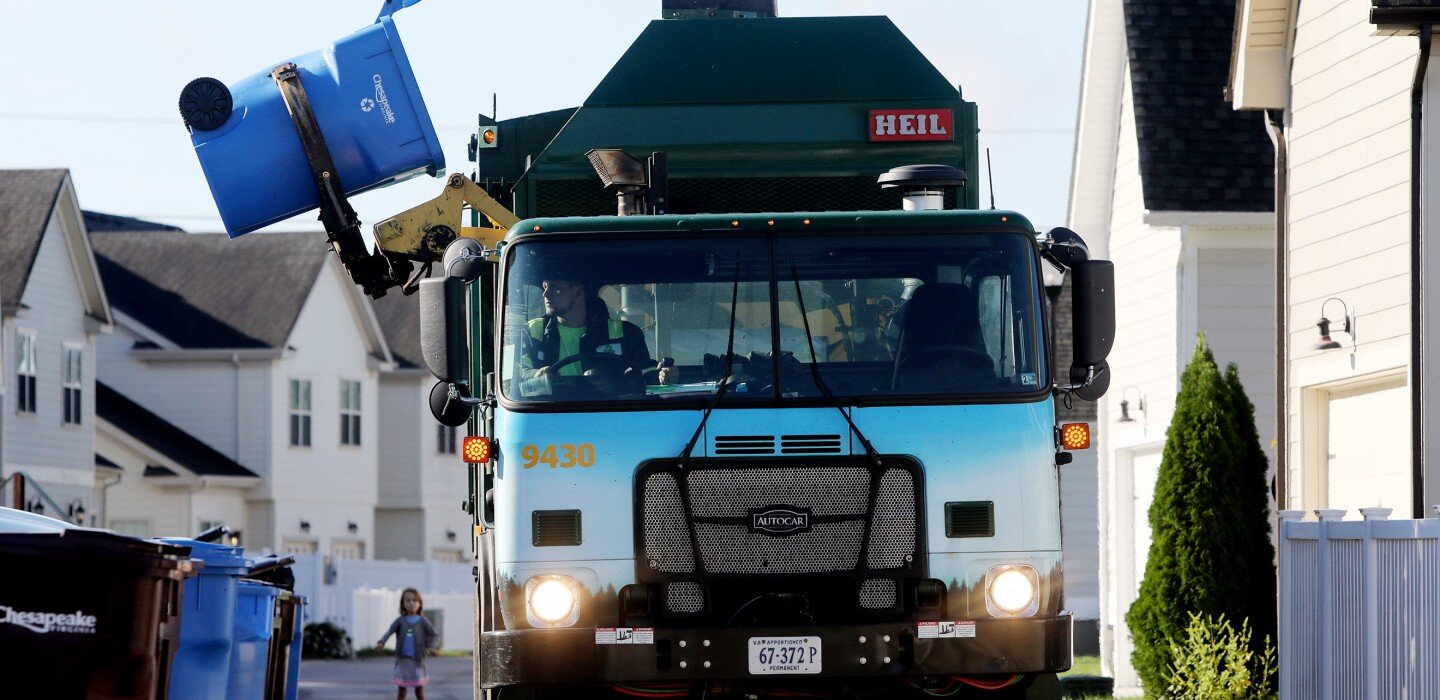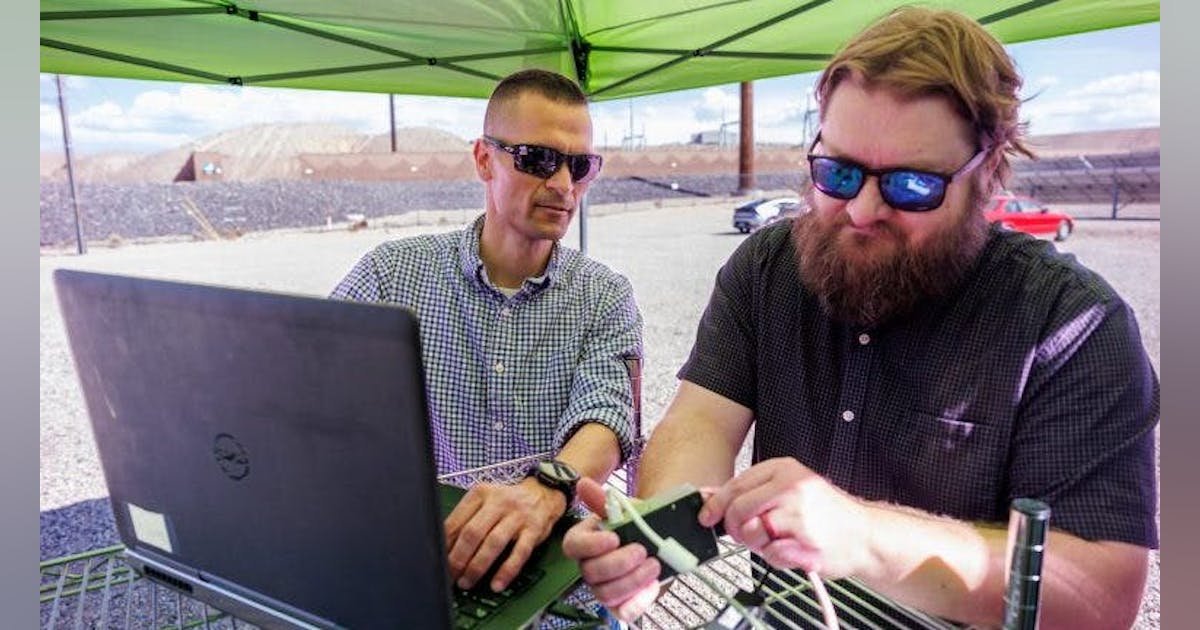AI Research
AI-powered research training to begin at IPE for social science scholars

Hyderabad: The Institute of Public Enterprise (IPE), Hyderabad, has launched a pioneering 10-day Research Methodology Course (RMC) focused on the application of Artificial Intelligence (AI) tools in social science research. Sponsored by the Indian Council of Social Science Research (ICSSR), Ministry of Education, Government of India, the program commenced on October 6 and will run through October 16, 2025, at the IPE campus in Osmania University.
Designed exclusively for M.Phil., Ph.D., and Post-Doctoral researchers across social science disciplines, the course aims to equip young scholars with cutting-edge AI and Machine Learning (ML) skills to enhance research quality, ethical compliance, and interdisciplinary collaboration. The initiative is part of ICSSR’s Training and Capacity Building (TCB) programme and is offered free of cost, with travel and daily allowances reimbursed as per eligibility.
The course is being organized by IPE’s Centre for Data Science and Artificial Intelligence (CDSAI), under the academic leadership of Prof. S Sreenivasa Murthy, Director of IPE and Vice-Chairman of AIMS Telangana Chapter. Dr. Shaheen, Associate Professor of Information Technology & Analytics, serves as the Course Director, while Dr. Sagyan Sagarika Mohanty, Assistant Professor of Marketing, is the Co-Director.
Participants will undergo hands-on training in Python, R, Tableau, and Power BI, alongside modules on Natural Language Processing (NLP), supervised and unsupervised learning, and ethical frameworks such as the Digital Personal Data Protection (DPDP) Act, 2023.
The curriculum also includes field visits to policy labs like T-Hub and NIRDPR, mentorship for research proposal refinement, and guidance on publishing in Scopus and ABDC-indexed journals.
Speaking about the program, Dr. Shaheen emphasized the need for social scientists to evolve beyond traditional methods and embrace computational tools for data-driven insights.
“This course bridges the gap between conventional research and emerging technologies, empowering scholars to produce impactful, ethical, and future-ready research,” she said.
Seats for the course are allocated on a first-come, first-served basis. The last date for nominations is September 15, 2025. With its unique blend of technical training, ethical grounding, and publication support, the RMC at IPE intends to take a significant step to empower scholars in the process of modernizing social science research in India.
Interested candidates can contact: Dr Shaheen, Programme Director, at [email protected] or on mobile number 9866666620.
AI Research
AI, Robotics Could Sort Trash in South Hampton Roads, Va.

(TNS) — Representatives of the region’s waste disposal authority are making the rounds at city meetings this month to lay the groundwork for long-term contract extensions they say will extend use of the regional landfill through the end of the century.
Southeastern Public Service Authority (SPSA) is asking South Hampton Roads cities and counties to renew their trash contracts for 25 years instead of an upcoming 10-year extension.
The longer-term contracts are needed to ensure that SPSA’s third-party provider will invest $200 million in new facilities to sort recyclables from solid waste across the region, SPSA Board of Directors Chairman Tom Leahy told the Virginia Beach City Council Tuesday.
The new sorting process will eventually eliminate the need for blue curbside recycling cans and for residents to sort recyclables from solid waste.
“All the waste would go into a single can, collected by a single truck at the curbside,” said Leahy. “Recycling and reuse would occur after collection.”
SPSA handles hundreds of thousands of tons of waste for Chesapeake, Norfolk, Portsmouth, Suffolk and Virginia Beach, in addition to surrounding localities including Franklin and Southampton and Isle of Wight counties.
SPSA has been in need of alternative waste disposal services since the 2024 closure of the WIN Waste plant, formerly known as the Wheelabrator facility, which burned 80% of the region’s trash for decades. The former plant also converted waste into steam energy for the Norfolk Naval Shipyard. Then, 30% of the ash left over was diverted to the landfill.
The plant’s closure put pressure on the regional landfill, which will reach capacity in a few decades.
SPSA is in the process of finalizing negotiations with Commonwealth Sortation LLC, a subsidiary of AMP Robotics — a Colorado-based alternative waste disposal provider that uses artificial intelligence and robotics to extract mixed recyclables and organic material from municipal solid waste.
The process will divert 50% of SPSA’s waste from the landfill and extend the landfill’s capacity through 2095, Leahy said.
Commonwealth Sortation plans to invest approximately $200 million in new processing facilities, but wants a guarantee that SPSA’s member communities are in for the long haul. The company is currently operating out of a facility in Portsmouth and plans to expand its operations.
An agreement between SPSA’s board and Commonwealth Sortation is expected by the end of this year, but it’s contingent on most of the localities agreeing to the 25-year extension, Leahy said.
The Virginia Beach City Council is scheduled to vote on the contract extension Oct. 7. Cities’ agreements with SPSA are scheduled to renew for an additional 10 years in 2027. The proposed amendment would extend each localities’ contract to June 30, 2052.
“Recycling’s pretty popular with our citizens, and this will make everybody with a black can be a recycler,” said Vice Mayor Rosemary Wilson. “It’s really good news environmentally for all of us.”
Tipping fee increases associated with the new process are not expected to be higher than what large cities like Virginia Beach that offer curbside recycling are already incurring.
“We won’t necessarily see a cost increase associated with this transaction,” said City Manager Patrick Duhaney.
Several cities recently incurred cost increases when they renewed recycling contracts with TFC Recycling, including Virginia Beach and Norfolk. Chesapeake did away with curbside recycling in 2022 as costs increased.
The average number of homes using curbside recycling in Virginia Beach was 125,000 in 2024. Virginia Beach residents currently pay for curbside recycling as part of their trash collection. The solid waste collection fee is $30.55 per month.
Virginia Beach’s contract with TFC Recycling will overlap with the new SPSA contract and general fund support may be needed to cover the cost, City Manager Patrick Duhaney said.
©2025 The Virginian-Pilot. Visit pilotonline.com. Distributed by Tribune Content Agency, LLC.
AI Research
Sandia National Laboratories’ Research Team Develop AI Algorithms to Detect Physical Issues, Cyberattacks within Grid

Researchers at Sandia National Laboratories have developed AI algorithms to detect physical problems, cyberattacks and both at the same time within the grid.
“As more disturbances occur, whether from extreme weather or from cyberattacks, the most important thing is that operators maintain the function and reliability of the grid,” said Shamina Hossain-McKenzie, a cybersecurity expert and leader of the project. “Our technology will allow the operators to detect any issues faster so that they can mitigate them faster with AI.”
Adrian Chavez, a cybersecurity expert involved in the project, added that as the neural network runs on single-board computers, or existing smart grid devices, it will be able to protect older equipment as well as the latest equipment lacking only cyber-physical coordination.
The package of code works at the local, enclave and global levels. At the local level, the code monitors for abnormalities at the specific device where it is installed, at the enclave level, devices in the same network share data and alerts to provide the operator with better information on whether the issue is localized or happening in multiple places and at the global level, only results and alerts are shared between systems owned by different operators.
Thus, operators will receive early alerts of cyberattacks or physical issues their neighbours are seeing and protect proprietary information. The Sandia team collaborated with experts at Texas A&M University to create secure communication methods, between grids owned by different companies, Hossain-McKenzie added.
According to Logan Blakely, a computer science expert who led development of the AI components, the challenge in detecting cyber-physical attacks is combining the constant stream of physical data with intermittent packets of cyber data.
Physical data such as the frequency, voltage and current of the grid is reported 60 times a second, while cyber data such as other traffic on the network is more irregular, Blakely said. The team used data fusion to extract the important signals in the two different kinds of data.
The team also used an autoencoder neural network, which classifies the combined data to determine if it fits with the pattern of normal behavior or there are abnormalities with the cyber data, physical data or both, Hossain-McKenzie said. For example, an increase in network traffic is predicted to indicate a denial-of-service attack while a false-data-injection attack can include atypical physical and cyber data, Chavez added.
Autoencoder neural networks do not need to be trained on data labelled with every type of issue coming up as compared to other kinds of AI, Blakely said. However, the network only requires huge amount of data from normal operations for training.
After the team constructed the autoencoder neural network, they put it to the test in three different ways. First, they tested the autoencoder in an emulation environment, which includes computer models of the communication-and-control system used to monitor the grid and a physics-based model of the grid itself, Hossain-McKenzie said.
The team used the environment to model a variety of cyberattacks or physical disruptions, and to provide normal operational data for the AI to train on. The collaborators from Texas A&M University assisted with the emulation testing.
Secondly, the team incorporated the autoencoder onto single-board computer prototypes that were tested in a hardware-in-the-loop environment, Hossain-McKenzie said. In hardware-in-the-loop testing, researchers connected a real piece of hardware to software simulating various attack scenarios or disruptions.
When the autoencoder is on a single-board computer, it can read the data and implement the algorithms faster than a virtual implementation of the autoencoder can in an emulation environment, Chavez said. Hardware implementations are a hundred or thousand times faster than software implementations, he added.
The team is working with Sierra Nevada Corporation to test Sandia’s autoencoder AI on the company’s existing cybersecurity device called Binary Armor, Hossain-McKenzie said.
The team is testing both formats, single-board prototypes interfaced with the grid and the AI package on existing devices, in the real world at the Public Service Company of New Mexico’s Prosperity solar farm as part of a Cooperative Research and Development Agreement, Hossain-McKenzie said. The tests started in summer 2024, Chavez said.
The project expanded upon a previous R&D 100 Award-winning project called the Proactive Intrusion Detection and Mitigation System, which focused on detecting and responding to cyber intrusions in smart inverters on solar-panels, Hossain-McKenzie said. The team is expanding upon the autoencoder AI in similar projects, she added.
The team filed a patent on the autoencoder AI and is looking for corporate partners to deploy and hone the technology in the real world, Hossain-McKenzie said. The autoencoder is expected to be used to protect other critical infrastructure systems such as water and natural gas distribution systems, factories, even data centers, Chavez said.
The project is funded by Sandia’s Laboratory Directed Research and Development program.
AI Research
PharmaNest, NIH and VCU Launch Confirmatory Retrospective Outcome Study With 1,765 Patients to Advance AI-Driven Digital Pathology in MASLD

PharmaNest Inc. announced today a multi-institutional research collaboration with Virginia Commonwealth University (VCU) and the National Institutes of Health (NIH) to confirm the prognostic performance of artificial intelligence (AI) powered digital pathology biomarkers in metabolic dysfunction-associated steatotic liver disease (MASLD) in a retrospective cohort of 1,765 patients with MASH (NASH CRN DB2 Cohort)
PRINCETON, N.J., September 11, 2025 (Newswire.com)
–
PharmaNest Inc. announced today a multi-institutional research collaboration with Virginia Commonwealth University (VCU) and the National Institutes of Health (NIH) to confirm the prognostic performance of artificial intelligence (AI) powered digital pathology biomarkers in metabolic dysfunction-associated steatotic liver disease (MASLD) in a retrospective cohort of 1,765 patients with MASH (NASH CRN DB2 Cohort).
The collaboration unites Professor Arun Sanyal, M.D. (Director, Stravitz-Sanyal Institute for Liver Disease and Metabolic Health at VCU), Dr. David Kleiner, M.D., Ph.D. (Principal Investigator, NIH NASH CRN), and Dr. Mathieu Petitjean, Ph.D. (CEO, PharmaNest). Together they will lead the Digital Pathology and AI for Liver Outcomes Study – 2 (DPAILO-2, NCT06493253), an NIH NASH CRN supported ancillary study.
Study Highlights:
Primary Objective: Evaluate the prognostic value of PharmaNest’s FibroNest Ph-FCS biomarker, a high-resolution single-fiber AI-driven fibrosis continuous score, in predicting hepatic decompensation.
Comparative Goals: Compare Ph-FCS against conventional fibrosis staging and some non-invasive tests.
Exploratory Aims: Use single-fiber clustering (FibroMAP) on paired biopsies to uncover novel fibrosis risk phenotypes.
The study uses 1,765 anonymized digital pathology liver biopsies from the NAFLD Adult Database 2, stained with Masson’s Trichrome and scanned at ultra-high resolution. PharmaNest will process the images and generate biomarkers on an accelerated basis to ensure timely results, which will be integrated into a secure VCU-hosted database for statistical analysis.
VCU will oversee governance, NIH compliance, and statistical analyses.
PharmaNest will sponsor, analyze images, and deliver AI-derived biomarkers within the 2025 timeline.
NIH’s NASH CRN will provide clinical oversight and ensure alignment with network standards.
“This collaboration represents an important step toward establishing robust histological biomarkers that can guide patient management and accelerate drug development in MASLD,” said Professor Arun Sanyal, M.D. Principal investigator.
“By combining the depth of NASH CRN’s clinical expertise with PharmaNest’s AI-powered single-fiber pathology and continuous fibrosis scores, we aim to accurately and quantitatively assess fibrosis progress and treatment response, and so provide better information for hepatologists and their patients,” said Dr. David Kleiner, M.D., Ph.D., NIH’s NASH CRN Liaison.
“PharmaNest is proud to bring its FibroNest™ Digital Pathology platform to this partnership. This landmark study will validate the strong prognostic power of our continuous biomarker Ph-FCS-already proven in over 400 patients with more than 10 years of follow-up-paving the way for regulatory-grade digital biomarkers in liver disease and unlocking new discoveries with our FibroMAP™ spatial histology tools.” said Dr. Mathieu Petitjean, Ph.D. CEO at PharmaNest.
About the Partners
The Stravitz-Sanyal Institute for Liver Disease and Metabolic Health at Virginia Commonwealth University (VCU) is dedicated to advancing research, clinical care, and education to improve the prevention, diagnosis, and treatment of liver and metabolic diseases, fostering innovation and collaboration to reduce the global burden of these conditions.
NASH Clinical Research Network (NASH CRN) is an NIH-funded collaborative network advancing research in nonalcoholic fatty liver disease and steatohepatitis.
PharmaNest Inc. is a digital pathology company pioneering AI-driven single-fiber analysis for fibrosis and inflammation in preclinical and clinical studies.
Contact Information
Mathieu Petitjean
CEO
info@pharmanest.com
(609) 375 2003
Source: PHARMANEST
-

 Business2 weeks ago
Business2 weeks agoThe Guardian view on Trump and the Fed: independence is no substitute for accountability | Editorial
-
Tools & Platforms1 month ago
Building Trust in Military AI Starts with Opening the Black Box – War on the Rocks
-

 Ethics & Policy2 months ago
Ethics & Policy2 months agoSDAIA Supports Saudi Arabia’s Leadership in Shaping Global AI Ethics, Policy, and Research – وكالة الأنباء السعودية
-

 Events & Conferences4 months ago
Events & Conferences4 months agoJourney to 1000 models: Scaling Instagram’s recommendation system
-

 Jobs & Careers2 months ago
Jobs & Careers2 months agoMumbai-based Perplexity Alternative Has 60k+ Users Without Funding
-

 Podcasts & Talks2 months ago
Podcasts & Talks2 months agoHappy 4th of July! 🎆 Made with Veo 3 in Gemini
-

 Education2 months ago
Education2 months agoMacron says UK and France have duty to tackle illegal migration ‘with humanity, solidarity and firmness’ – UK politics live | Politics
-

 Education2 months ago
Education2 months agoVEX Robotics launches AI-powered classroom robotics system
-

 Funding & Business2 months ago
Funding & Business2 months agoKayak and Expedia race to build AI travel agents that turn social posts into itineraries
-

 Podcasts & Talks2 months ago
Podcasts & Talks2 months agoOpenAI 🤝 @teamganassi







